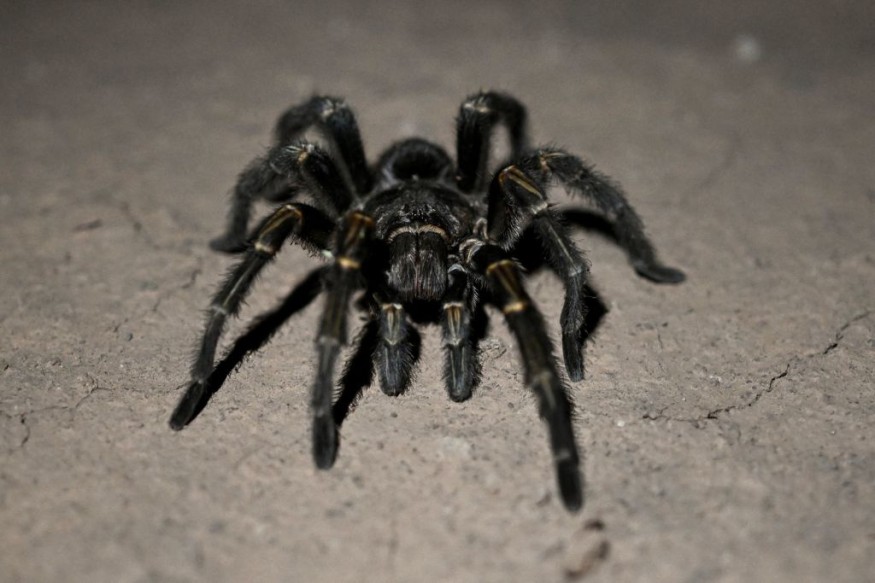
A tarantula that had crawled off the Death Valley road caused a van driver to suddenly stop and collide with a motorcycle rider, who was sent to a hospital.
Death Valley Car Collision with Motorcyclist
A tourist group in Death Valley National Park, California, faced an accident last Saturday. A Swiss couple abruptly stopped their rented camper van to avoid a tarantula, causing a 24-year-old Canadian motorcyclist behind them to collide with the vehicle. This incident occurred on Saturday afternoon along CA-190, east of Towne Pass.
The wounded Canadian motorcyclist received medical care at a nearby hospital, with the unharmed tarantula making its escape. While the National Park Service didn't furnish specifics about the motorcyclist's injuries, they were assessed as non-life-threatening. An NPS ambulance conveyed the injured rider to Desert View Hospital in Pahrump for further treatment.
Driving on The Roads of Death Valley
Superintendent Mike Reynolds, the first NPS responder at the accident scene, strongly urges visitors to exercise caution while driving through Death Valley National Park, especially when descending steep slopes. He points out that some park roads still bear gravel patches from flood damage, and wildlife, in all shapes and sizes, roam freely.
Death Valley stands out with its extensive network of roads, surpassing all other national parks. While over 93% of its vast 3.4+ million acres remain preserved as pristine, roadless wilderness, the park still provides nearly a thousand miles of paved and dirt roads, presenting abundant possibilities for both exploration and recreational activities.
Motor vehicle accidents rank as the second leading cause of unintentional fatalities in national parks. Shockingly, one person loses their life in a park-related vehicle accident every week. Most incidents happen during daylight hours in the summer when park visitation peaks.
For motorcyclists, it is paramount to reduce the risk of accidents and injuries by following a vital guideline: exercise caution by reducing your speed. Excessive speed plays a major role in numerous park vehicle accidents, with almost one in three incidents attributed to high speeds. National park speed limits are generally lower than typical roadways, so it's vital to obey these posted limits when traveling within these precious natural environments. The safety of the rider and that of others depend on it.
Tarantulas
North America's largest spiders, tarantulas, measure around 5 inches in body length with leg spans reaching up to 11 inches. They have a cephalothorax (fused head and thorax) and an abdomen. Covered in fine hairs ranging from tan to dark brown, these aid in hunting. They mainly eat insects like beetles and grasshoppers, but desert tarantulas may include small lizards, mice, and scorpions.
They spend most of their lives in underground burrows and are often seen in the fall when adult males search for mates. Mating can be perilous as females may consume males, who generally have shorter lifespans. In contrast, female tarantulas can live for up to 25 years and engage in multiple mating sessions.
Tarantulas exhibit a leisurely and nonaggressive demeanor, with their bite being comparable to a bee sting, posing no lethal threat to humans.
© 2025 NatureWorldNews.com All rights reserved. Do not reproduce without permission.





